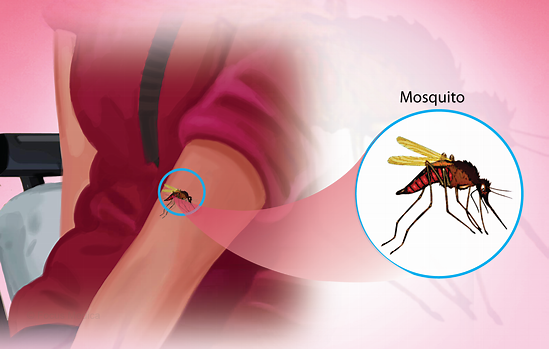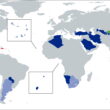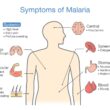Malaria Diagnosis Methods Explained
Revealing the Secret Victim: Malaria Diagnosis
The ability of malaria, a parasite disease spread by mosquitoes, to elude detection allows it to flourish. An early and precise diagnosis is essential to successful therapy and the avoidance of problems. This blog examines the benefits and drawbacks of the various malaria diagnosis techniques.
Table of Contents

The Gold Standard: Examining Blood Smears Under the Microscope
Malaria Diagnosis Methods Explained
For many years, the most reliable method of diagnosing malaria has been microscopic analysis of blood smears. Using this technique, thin and thick blood films are stained, and the presence of Plasmodium parasites is checked under a microscope.
- Strengths: Identification of the precise Plasmodium species causing the infection is made possible by microscopic analysis, and this information is essential for informing treatment choices.
- Additionally: it offers data on parasite density, which may be a sign of a more serious illness.
- Restrictions: Access to microscopic examination is restricted in some contexts due to the need for specialized equipment and skilled personnel.
It may take a long time, postponing the start of treatment.
Malaria Diagnosis Methods Explained
Parasite density and technician experience are two examples of variables that can impact accuracy.
RDTs (rapid diagnostic tests): A point-of-care remedy
In environments with limited resources, the diagnosis of malaria has been transformed by rapid diagnostic tests (RDTs). These convenient diagnostics yield results in minutes at the point of service, frequently in home or village clinics.
Strengths: RDTs are quick, easy to use, and require little training to conduct.
They provide better accessibility in isolated locations with few lab facilities.
Rapid detection of malaria parasites by RDTs allows for timely treatment decisions.
Limitations: Although Plasmodium falciparum is the target of the majority of RDTs, some may not be able to identify other malaria species.
In many situations, RDTs are unable to offer information regarding parasite density or species differentiation.
Results that are falsely negative might happen, especially in infections with low parasite densities.
Molecular Techniques: Exposing Secret Parasites
Malaria Diagnosis Methods Explained
Molecular approaches are used to identify malaria parasites at the genetic level. These assays possess exceptional sensitivity, enabling the identification of Plasmodium species in illnesses with low parasite density.
- Strengths: Molecular techniques give higher accuracy than other techniques since they are more sensitive and specific.
- They can distinguish between several types of Plasmodium, which helps in the therapy selection process.
- Certain medication resistance mutations in parasites can be identified by certain molecular testing.
- Limitations: The extensive application of molecular approaches in resource-constrained environments is constrained by their high cost, need for specialized equipment, and need for skilled staff.
- Not all medical facilities may have easy access to them.
Selecting the Appropriate Diagnostic Instrument: A Juggling Act
Malaria Diagnosis Methods Explained
The selection of a diagnostic technique is contingent upon several aspects, such as:
- The preference for microscopy may arise from the availability of well-equipped laboratories in a given setting. In places where resources are scarce, RDTs provide a more convenient choice.
- Disease severity: Rapid diagnostic testing with RDTs is essential for cases of suspected severe malaria.
- Treatment choices: When knowledge of Plasmodium species is required to direct treatment, microscopy or molecular techniques are recommended.
Combining Techniques to Increase Precision
Malaria Diagnosis Methods Explained
There are situations where a mix of diagnostic techniques can be applied. For a more conclusive diagnosis, microscopic confirmation might be performed after an initial RDT test.
Conclusion: Several Strategies for Winning the War
Malaria Diagnosis Methods Explained
A precise diagnosis of malaria is necessary to maximize therapy and avoid complications. Rapid diagnostic testing, genetic techniques, and microscopic inspection are all essential in the fight against malaria. The future of malaria detection lies in a combination approach that takes advantage of each method’s capabilities for a rapid and conclusive diagnosis, as technology progresses and accessibility increases.


